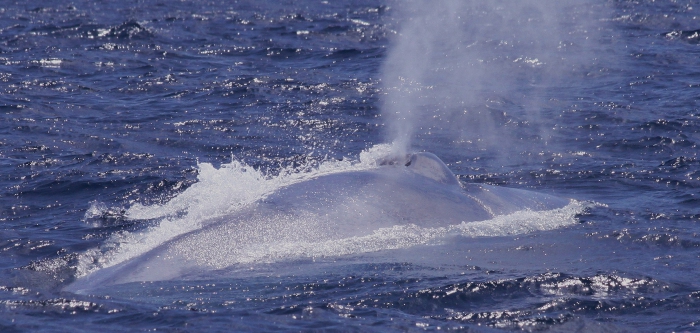Whale & Dolphin Watching

Whale Watching in Faial
Observing whales and dolphins in the wild
The Azorean archipelago is a naturally good area for whale watching. Besides harbouring several different species that might be resident, it is also on the route of some migrating species.
Lacking a continental shelf, deep waters occur close to shore alongside the islands and cetaceans are attracted mainly due to the abundance of food.
Faial Island is one of the world’s best location for observing whales and dolphins in the wild. With vigias - lookouts (land-based observers that search and track the animals with binoculars) - located in the South and North coasts of both islands, departing from Horta allows us to choose from 4 different observation areas according to lookouts sightings.
The whale watching season, from April to mid-October, is dictated by the weather and not by the absence of cetaceans, which are seen year-round. About 24 species of whales and dolphins are reported to the Azores, more than 25% of all the cetacean species known.
It is considered one of the areas in the North Atlantic with the highest concentration of sperm whales, being also a mating and nursery ground.
Every whale watching tour is a unique experience and the sightings vary. The impressive sperm whale is a year-round resident and regular dolphin sightings include the common, Risso's and bottlenose dolphins; atlantic spotted dolphins are abundant from June to September; striped dolphins, short finned pilot whales and false killer whales are occasionally sighted during the summer.
Baleen whales like the fin, blue and sei are regularly spotted between April and June, when passing by Faial and Pico islands migrating north. Minke, humpback and killer whales are rare sightings during spring.
Beaked whales such as the Sowerby’s, the Cuvier’s, the Gervais’ and the northern bottlenose whale are thought to be common in Azorean waters, but are rarely sighted throughout the season.
Whale watching is a wonderful way for the public to find out about the lives of cetaceans and to gain a greater understanding of the conservation issues facing these animals and the ocean realm at large!
